
Live A Live – Review
We were surprised at just how much fanfare was made when Live A Live was announced for the Switch. After all, the original was a relatively unknown Super Famicom title that never made it outside of Japan. Usually, titles like this are on the radars of die-hard retro gaming enthusiasts and even a re-release or remake will only cater to a niche audience. Not this time, however, as Live A Live received a front-and-center position in Nintendo’s marketing strategy for July. Can Square Enix’ remake live up to the hype or was this a title best left to the annals of time?
Story
We often bemoan the lack of a story in video games -just take a look at our Galactic Civilizations IV review- so we were pleasantly surprised to find that Live A Live doesn’t offer up just one story but a whopping eight separate narratives plus an additional chapter that ties everything together. Each chapter of Live A Live tells a new story, set in an entirely different time period and with a different protagonist. These self-contained tales can be played in any order as well, although we imagine that most players will tackle them in chronological order -with the exception of the medieval one as that one isn’t unlocked until you clear all of the seven previous chapters. Square Enix’s RPG offerings are typically lengthy affairs, taking dozens if not hundreds of hours to play through, and while playing through the entirety of Live A Live will still take upwards of twenty hours, the game’s structure makes it easier to digest. Some chapters take less than an hour to complete whereas others are meatier and can take well over three hours before the end credits roll. If you tackle one chapter every evening, you can complete the game in just over a week.
The stories tend to be fairly simple affairs: ‘The Successor’, for example, is set in Imperial China and details a shifu’s quest to find someone he can pass his knowledge onto. Likewise, ‘The First’ is set in prehistoric times and follows caveman Pogo as he attempts to rescue his potential love interest Beiru from a rival tribe that wants to offer the girl to a giant T. Rex. The stories are simple enough for anyone to follow: ‘The First’ doesn’t even feature dialogue, instead the characters communicate through yells and grunts. From what we understand, these stick close to the original Super Famicom game, which was released under a different mindset and with more technical limitations of course. We can’t imagine Live A Live’s narrative being released today as a completely new title: there are no female protagonists, many of the tropes are outdated and some of the humour is incredibly crude. Somehow, it works like a charm, and we found ourselves cracking a smile at the events that unfolded on our screen more than once. The way the stories overlap and are connected is something that isn’t made entirely clear until the final chapter and although we won’t spoil it, we will say that there is a massive clue if you pay attention to the names of the villains that bookend each chapter.
Graphics
We’ve seen Square Enix use its so-called 2D HD visuals twice before, once in Octopath Traveller and more recently in Triangle Strategy. Live A Live uses the same graphical style, to great effect: this is a gorgeous little game and the pixel art juxtaposed against the HD environments feels like a perfect fit for the playstyle. The tiny character sprites ooze charm and personality, despite the fact that you could fit them on the nail of your pinky. We still felt like everything felt a bit too “zoomed out”, but we’ve accepted that this is just part of the style, and it allows the environments to shine around the characters.
Sound
We started our Live A Live journey with “The First”, a story set in prehistoric times, which is told entirely through grunts and groans… which immediately set the tone as even these were voice-acted. Yes, Live A Live features full voice acting, and although not every performance is equal, we simply appreciated the fact that Square Enix went this route. It’s clear that a lot of care was put into the game’s audio-scape, from the carefully rearranged and reorchestrated tunes from the original, all the way to ensuring that every NPC has a voice. The audio quality is great as well, with flawless music and crisp voices.
Gameplay
While we have no experience with the original 1994 Super Famicom release of Live A Live, we can’t imagine heavy alterations were made to the gameplay, given how simple the gameplay is. Simple doesn’t equal bad, of course, and the simplicity of Live A Live’s mechanics adds a lot to the overall charm of the game. For the most part, Live A Live sticks to the same core mechanics between its chapters, relying on turn-based combat on a grid and simple quest lines, with a map that clearly marks where you need to go next using a color-coded system. However, despite the similarities, each chapter has a different feel to it. Take ‘The Mechanical Heart’, for example, which is a story set in the Distant Future. Unlike other chapters in the game, combat takes a backseat here. Contrasting with this is ‘The Strongest’, a story set in the ‘Present Day’ (aka 1994) which centres around a Street Fighter-style fighting tournament. Narrative choices like this add a sense of distinctiveness to each chapter but the shared gameplay mechanics make everything feel instantly familiar.
That said, we do feel that a bit more could have been done here to improve the overall experience. The game often seemed like it was holding back a bit too often in terms of pacing, especially when it came to combat which felt slightly too slow. In recent years, Square Enix has often added options to fast-forward through combat or even skip it entirely, and that option felt sorely missing here. We understand its absence as having this included would have made Live A Live feel even shorter, but it took some getting used to this shift in pacing. Despite this, we often felt that a chapter was over way too soon, which is a testament to just how enjoyable Live A Live is. When a game leaves you wanting more when the credits roll -which happens multiple times during a playthrough- then that’s a good sign, right? There are a few ‘secret’ bosses and endings to be discovered which bodes well for replayability, but overall, we felt like we could’ve done with a couple of extra lives to live here.
Conclusion
We weren’t sure what to expect when we first booted up Live A Live, but the game certainly delivered. Apart from some slight hiccups here and there, such as an uninspired voice performance or the lack of an option to speed up combat, you’ve got a game here that defied our expectations in pretty much every regard. Admittedly, this is a title that probably won’t make our top three Switch games this year but that’s only because of the sheer amount of strong contenders out already (including Triangle Strategy itself) and we’d be surprised if Live A Live didn’t make it into our top ten of 2022.
2 Comments
Leave a Reply
You must be logged in to post a comment.

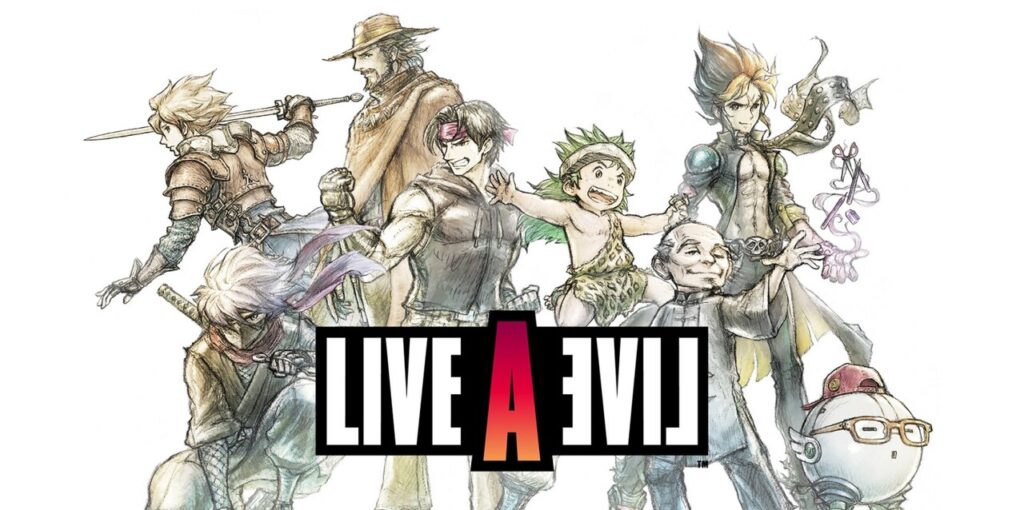
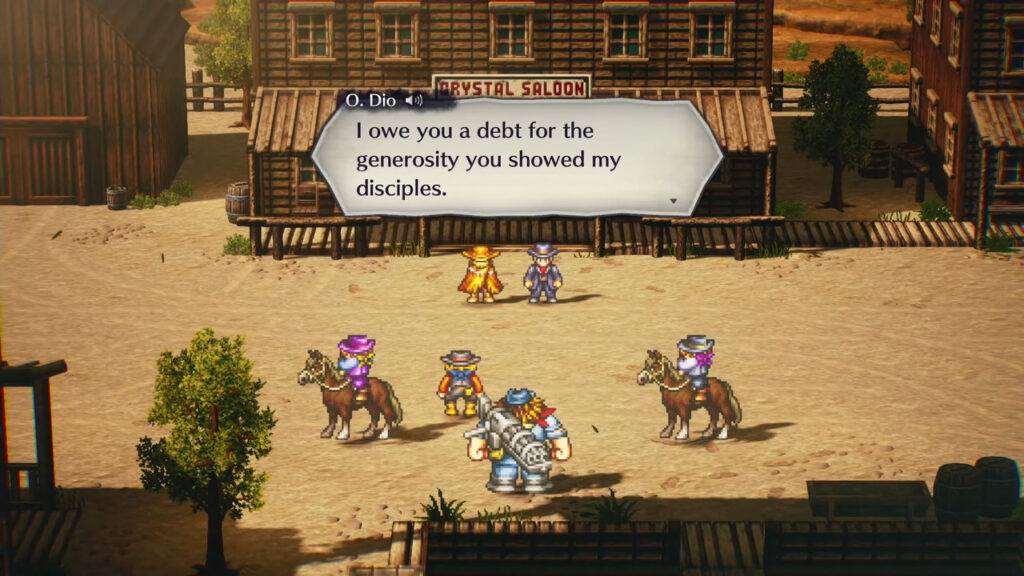
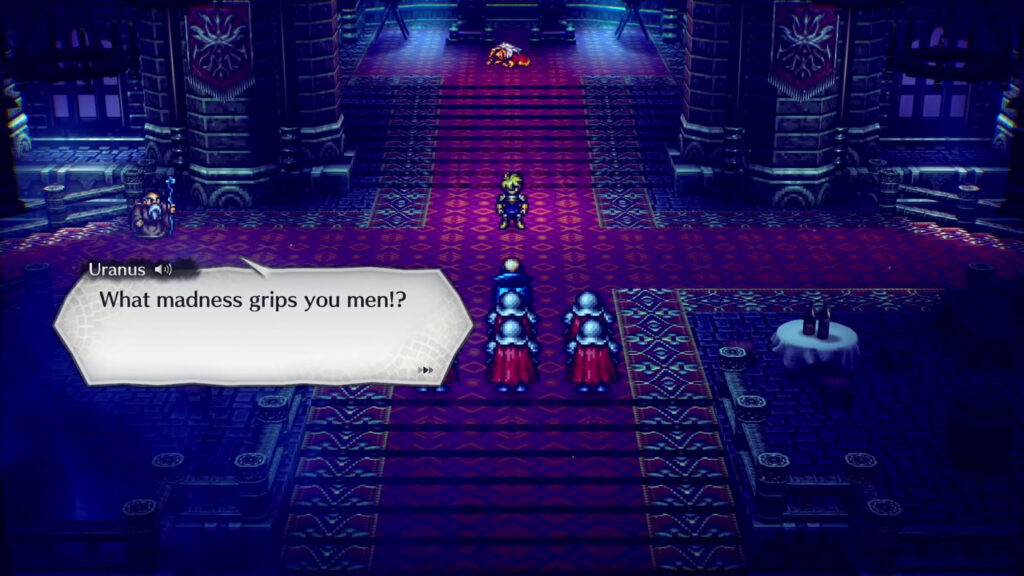
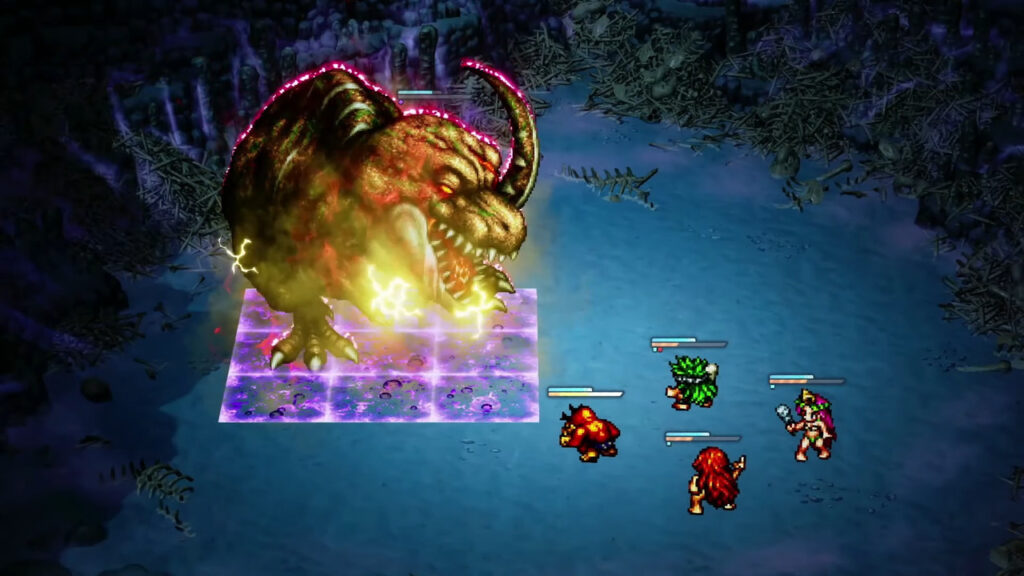

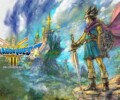
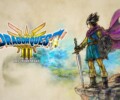

[…] and officially localize them in the West for the first time. With good reason too, as games like Live a Live or NIS’ Prinny Presents series often still hold up surprisingly well. Kamiwaza: Way of the Thief […]
[…] graphics are underwhelming. This is a game that should have gotten the 2D HD treatment, similar to Live A Live or Octopath Traveller. However, Tactics Ogre: Reborn‘s visuals fall in line with lower budget […]